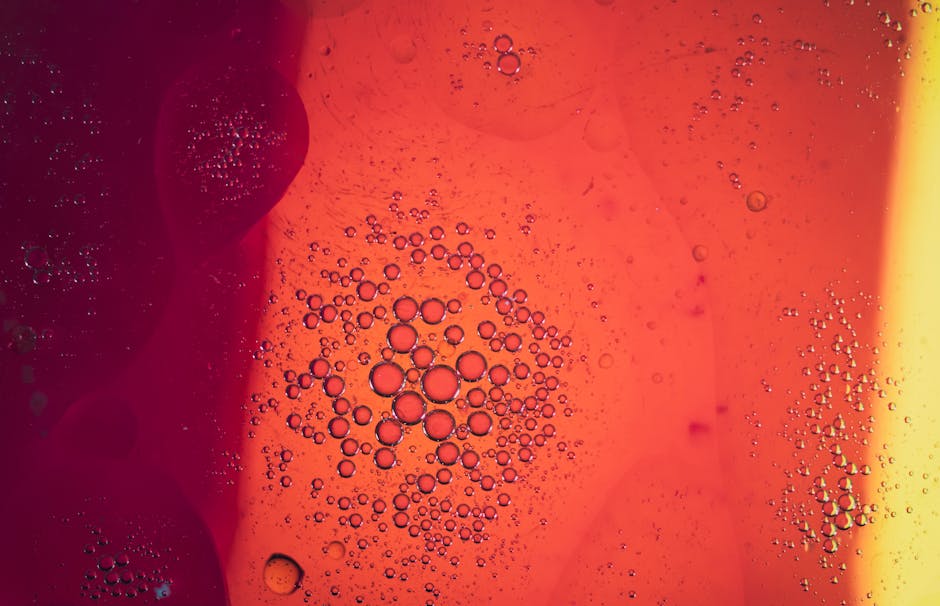
Fusion of Culinary Arts and Science
Culinary arts and science come together to create a fascinating fusion that enhances the dining experience and pushes the boundaries of traditional cooking. This harmonious blend combines the artistry and creativity of culinary professionals with the precision and knowledge of scientific principles.
Advancements in technology have significantly contributed to the fusion of culinary arts and science. Chefs and food scientists now have access to various tools and techniques that allow them to experiment with flavors, textures, and presentations.
One area where the fusion of culinary arts and science shines is molecular gastronomy. This innovative approach to cooking utilizes scientific principles to transform ingredients and create unique dining experiences. With techniques like spherification, foams, and gels, chefs can create visually stunning and intriguing dishes that captivate the senses.
In addition to molecular gastronomy, the fusion of culinary arts and science also encompasses the study of food chemistry and sensory perception. Understanding the chemical reactions that occur during cooking and how they impact the taste, texture, and appearance of food allows chefs to develop new recipes, refine traditional dishes, and troubleshoot culinary challenges.
The fusion of culinary arts and science has also given rise to new cooking methods and equipment. Sous vide cooking, for example, relies on precise temperature control to achieve consistent and perfectly cooked dishes. This method, which involves vacuum-sealing food and cooking it in a water bath at a controlled temperature, was developed through the collaboration of food scientists and chefs.
Through the fusion of culinary arts and science, chefs are able to push the boundaries of traditional cooking and constantly innovate. They can create dishes that not only taste incredible but also offer a visually stunning presentation and a unique sensory experience.
Indulge-your-taste-buds:-Exploring-the-magical-combination-of-culinary-arts-and-scientific-techniques-
Unleashing-culinary-creativity:-How-the-fusion-of-art-and-science-has-transformed-the-food-industry-
Secrets-of-molecular-gastronomy:-Unveiling-the-scientific-approach-to-culinary-masterpieces-
The-ultimate-taste-experiment:-Breaking-boundaries-with-the-fusion-of-culinary-arts-and-cutting-edge-science- Tangential-keywords:
Mindful-eating:-The-surprising-link-between-culinary-arts,-science,-and-mindfulness-
Sustainable-cuisine:-Unlocking-the-future-of-food-through-the-perfect-blend-of-culinary-arts-and-science-
